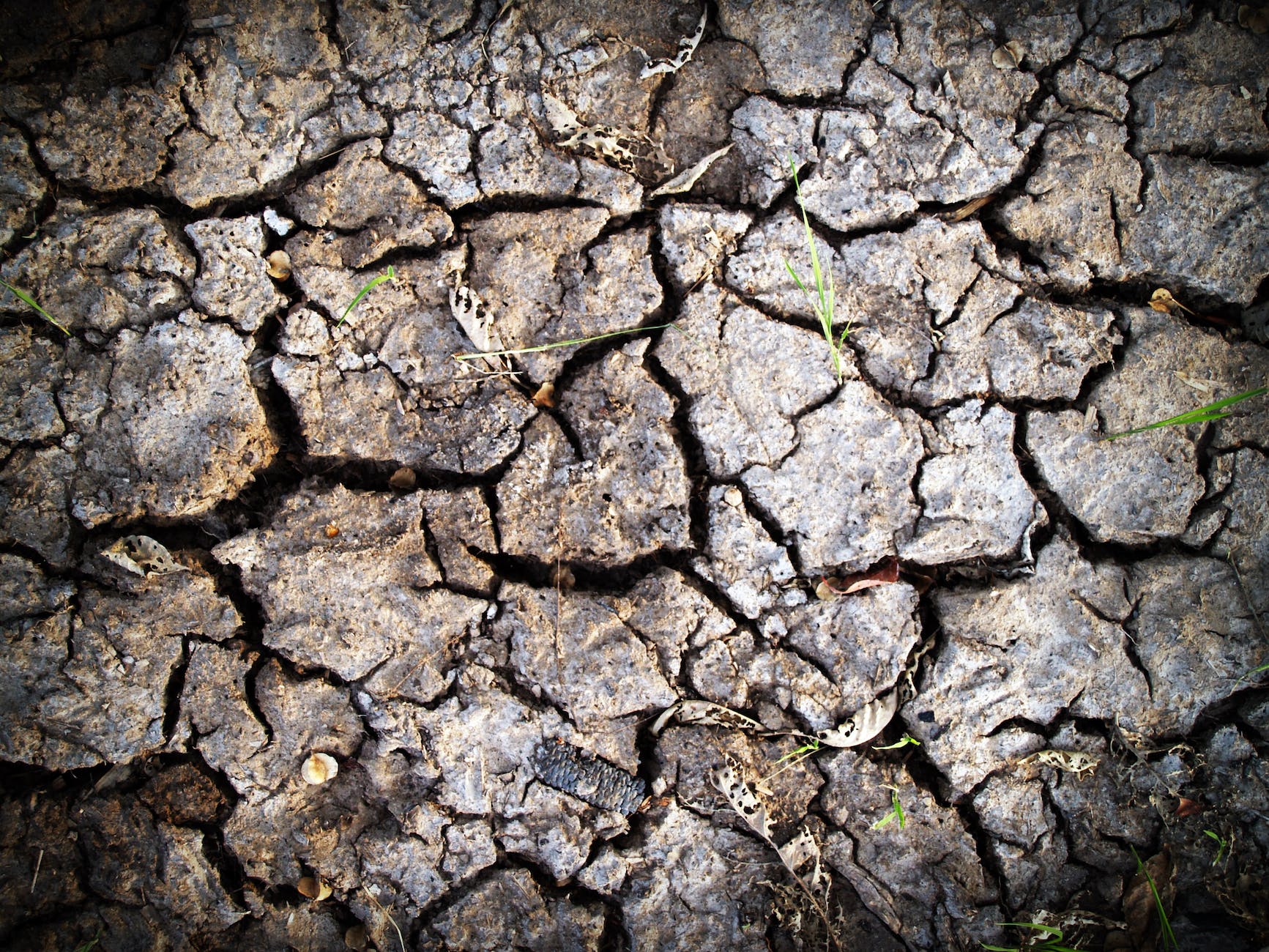Can Homes in Texas Have Basements?
The question “Can home in Texas have basements?” isn’t as easy to answer as it might seem. There are several reasons for this, including Clay soils, high frost lines, and frequent tornadoes. But despite all of these factors, building a basement in Texas is still possible. Here’s how. Continue reading to learn more about the best options for your future home.
Clay soils
If you live in Texas, you have probably noticed that the soils there are expansive. The clay minerals in Texas soils are sensitive to temperature and moisture, so even minor changes can lead to significant foundation damage. The result is cracks and bowing walls. To avoid foundation problems, homeowners must perform structural inspections once a year, starting from the inside out. Inspect the foundation wall for signs of expanding clay.

The most effective way to minimize the impact of clay soils is to create an adequate drainage system around the foundation. The soil around the foundation must slope away from the house to prevent water from pooling around it. The slope should be at least six inches for every ten feet of horizontal distance. Aside from these steps, there are other ways to mitigate the effects of clay soils on your home’s foundation.
Because clay soils in Texas are expansive, they cause homes to expand and contract unevenly. Because of this, the basement walls can bow. In addition to shifting, expansive soils cause foundation walls to bow and collapse. These changes can result in structural compromise and catastrophic waterproofing problems if left unchecked. Soil-based basements are typically built on expansive clay soils, common in Texas, Georgia, California, and the Dakotas.
Frequent tornadoes
A March 2022 tornado outbreak is a reminder that Texas is not immune to tornadoes. There are approximately 132 tornadoes in Texas every year. While Texas ranks as the eleventh most tornado-prone state, certain areas are at greater risk than others. The average tornado intensity in the state is 3.6.

The tornado center moves westward and northward throughout the year as the weather shifts from spring to summer. Early spring is a time of tornado activity, while late summer and early fall are relatively quiet. Temperature and moisture contrasts are generally weak since the Bermuda high dominates the southeastern third of the U.S. During this time, thunderstorm activity is minimal and rarely severe. In April, however, tornado activity will be on the rise again.
In Texas, tornado activity is typically triggered by a cold front that moves through the state. Strong winds will lift the cold air over warm air, and the hot air will attempt to climb over the cold air. Cold air is heavier and travels down at great speed, causing tornadoes. While tornadoes are relatively rare in the south, Texas’ location and climate make it susceptible to this weather. A tornado in the south can cause devastating damage to homes and businesses. Since texas is prone to tornados you’d think that the residents would love having basements some are not as enthused as others which still leaves you wondering can homes in texas have basements?
High frost line
Unlike in the northern states, the frost line in Texas is relatively shallow, only about a foot below the surface. The shallow lines make it much easier for home developers to construct basements. However, most people in Texas do not want to build a basement unless they are forced to do so by their mortgage company. This article will discuss some reasons why Texas basements are not practical. It will also help you decide if it’s worth building a basement.
First, you must consider the area’s geography. Since most of Texas is submerged under the Gulf of Mexico, its eastern parts were left with expansive clay soil, ideal for building basements up north. Because of this, the soil around the foundation can shift as much as 30 percent when wet and exert as much as 15,000 pounds of pressure per square foot. Because of this, a high-quality basement in Texas is crucial to the structure’s integrity.
Another factor to consider is the depth of the frost line. Although the frost line is a universal concept, the depth varies by area. This is due to differences in soil composition, moisture content, and average temperatures. Nevertheless, you can avoid problems by carefully planning the foundation’s design and building materials. After all, you don’t want to build a house that can’t be livable in winter.
Topography
In general, the topography of a home affects its efficiency and durability. In Texas, the topography is characterized by expansive clay soils. This type of soil is ideal for homes with basements, but the downside is that the soil around a home’s foundation can shift by as much as 30 percent during rainy seasons, Which causes up to 15,000 pounds of pressure on the floor above it.
Texas is full of extreme weather conditions, triggering expansive soils. This causes the soils to swell and become inefficient for basement construction. Also, in many parts of Texas, bedrock is visible on the soil’s surface. This means extensive digging is required to reach the bedrock. Because of these complications, building a basement is often more expensive. But if you have the budget, a basement can increase your property’s value by 70%.
The subtropical climate of Texas means that the frost line is shallower than in northern regions. This means that a home’s foundation doesn’t need to be as deep as it would in the Northern states. Additionally, Texas has a shallower frost line than many other Southern states. Because the frost line is so shallow, basement construction is not a priority for most Texas homeowners. Instead, most Texas residents prefer to build homes without basements.
Cost
Many people think about the cost of building a basement when deciding whether to add one to their home. The truth is that it can be considerably more expensive in Texas than up north. That said, basements’ benefits make it worth the extra expense. If you’re interested in having a basement in Texas, here are some factors to keep in mind before you make the decision:

The first thing to remember is that basements are not common in residential structures in Texas. Some parts of Texas have a water table, making it nearly impossible to build a basement. In other areas, bedrock can be too close to the surface to make it feasible to build a basement. The cost of a basement in Texas will depend on where you live. In some areas, the cost of digging a basement can be prohibitive, so you should consider other factors such as bedrock and expansive soils.
In Texas, a slab-on-grade foundation can be susceptible to cracking in the north. A basement can help run utilities through the home floor, providing natural cooling during Texas summers. The costs of a basement in Texas can be tens of thousands of dollars, but the benefits far outweigh the upfront cost. According to Emily Blair, CEO of the Home Builders Association of Greater Austin, the home improvement industry in Texas is booming.
Accessibility
According to the Dallas Builders Association, the accessibility of basements in Texas is more accessible than in other regions. Unlike northern areas, where the frost line is more profound, the Texas frost line is relatively shallow. Because of this, builders do not have to dig a home’s foundation as deep as they do in the northern U.S., but they must take steps to increase the accessibility of basements. In the process, the home’s accessibility requirements may be higher than those for new construction.

